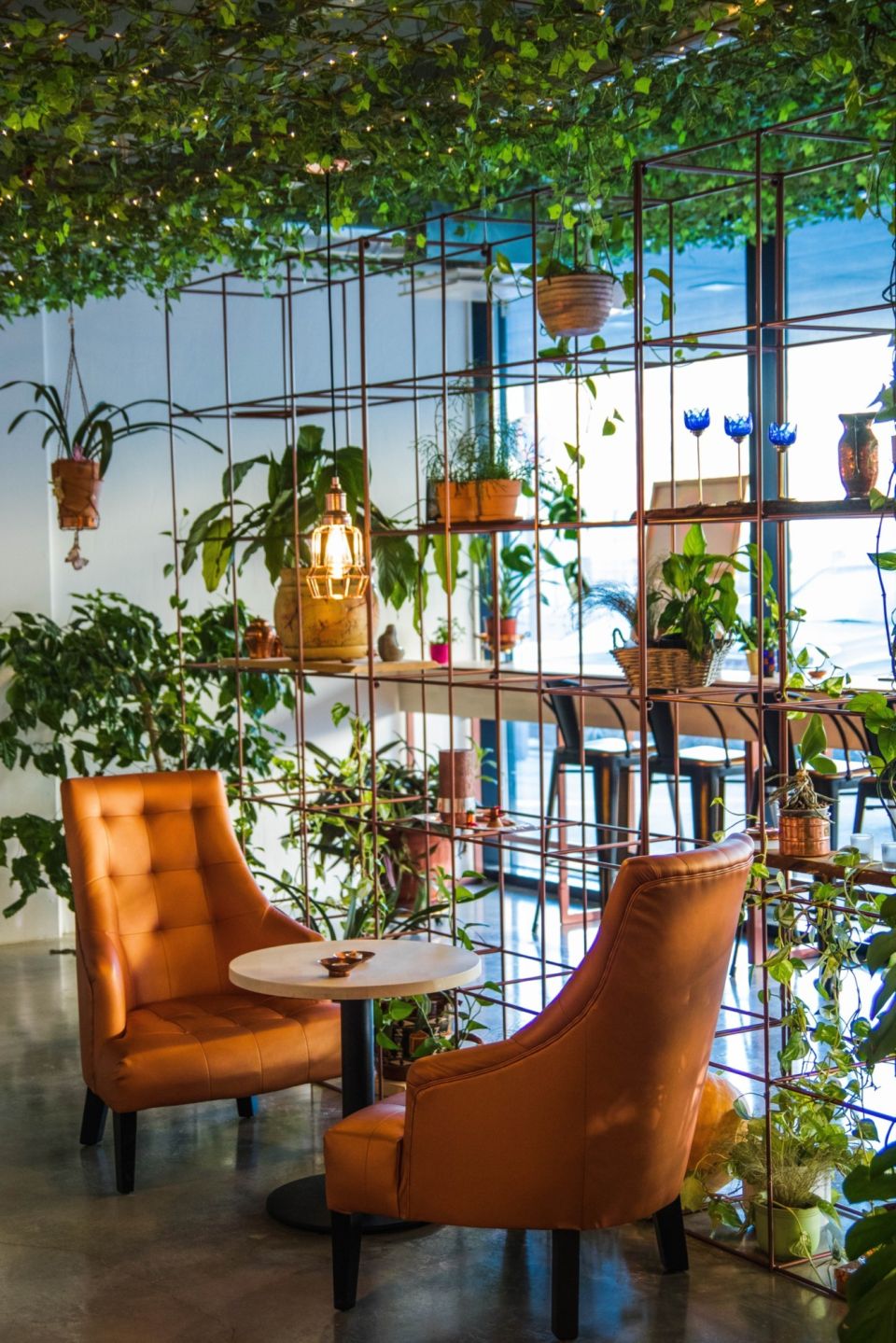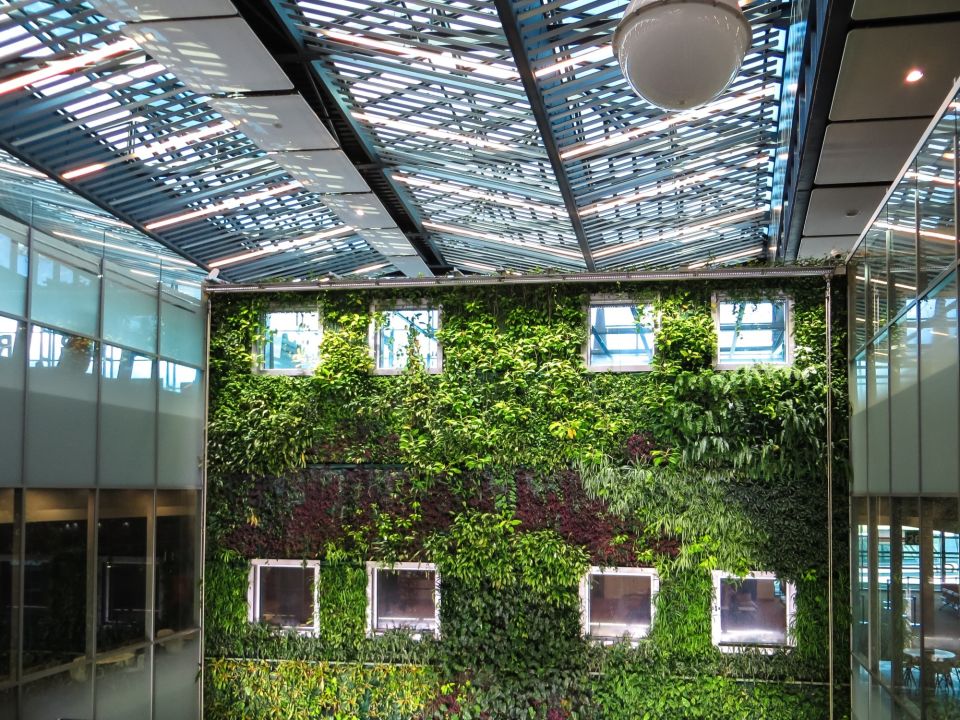Biophilia

What is biophilia and how can it help us get closer to nature?
Do you love nature? You’re not alone. In 1964, psychologist Erich Fromm coined the term biophilia, which he described as “the passionate love of life and all that is alive”. The word stems from Greek, where philia means “love of” and bio means “life”. It focuses on human’s innate attraction to nature, and could explain why we feel so much better after walking in the woods, swimming in a lake or smelling the flowers.
Erich Fromm suggests that we all have a genetic connection to the natural world built up through hundreds of thousands of years. Researchers believe this to be a reason that we have thrived as a species, helping us to locate the most fertile land, cultivate food and nurture new life.
Today, most of us spend less time outdoors, and it’s also hard to find time to recuperate in an increasingly connected world. Even though technology has made it possible for us to send a work email from our phone at 10pm, it doesn’t necessarily mean we should. The World Health Organisation expects stress related illness, such as mental health disorders and cardio-vascular disease, to be the two largest contributors to disease by 2020. In other words, it’s important that we try to incorporate city living with nature, and vice versa. This is where biophilic design comes in.

Creating greener cities with biophilic design
The practice of incorporating nature and natural elements into the built environment is known as biophilic design. An example of this is the current plant trend, where millenials are buying plants like never before. As many young people can’t afford to buy a house with a garden, indoor plants are helping to bring them closer to nature. Biophilic design isn't just decorative - at its core it’s aiming to improve people’s mental and physical well-being.
Here are some examples of biophilic design:
- Plants and greenery, such as green walls
- Huge windows that will allow for natural light
- Natural materials like wood
- Rooftop vegetable gardens

Used at both the building and city-scale, it is argued that biophilic design has health, environmental, and economic benefits for building occupants and urban environments, with little drawbacks. One thing's for sure, we could all do with having a little more nature in our lives.
Donate to Trees for Cities and together we can help cities grow into greener, cleaner and healthier places for people to live and work worldwide.
Donate